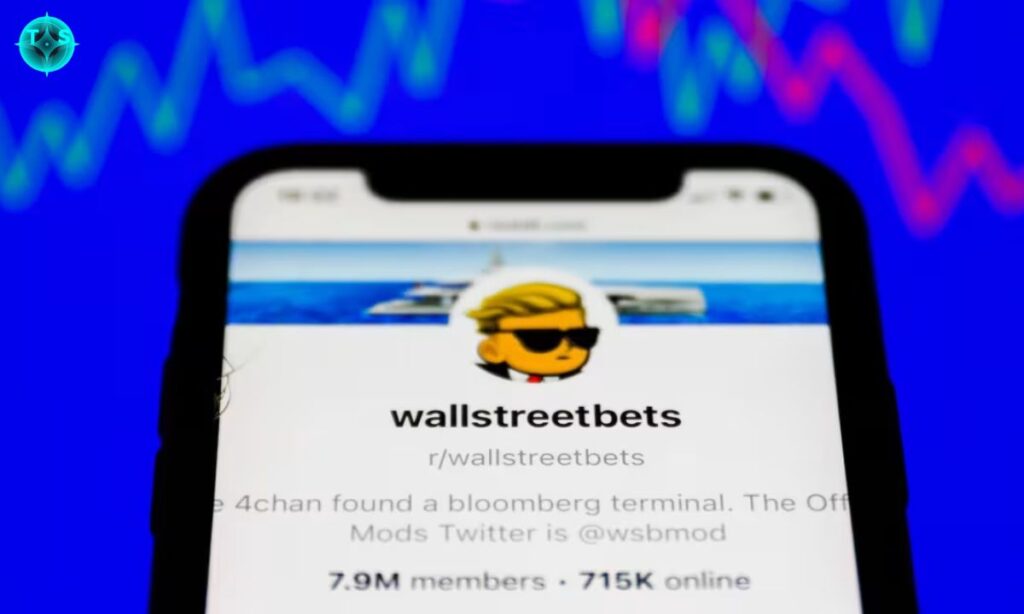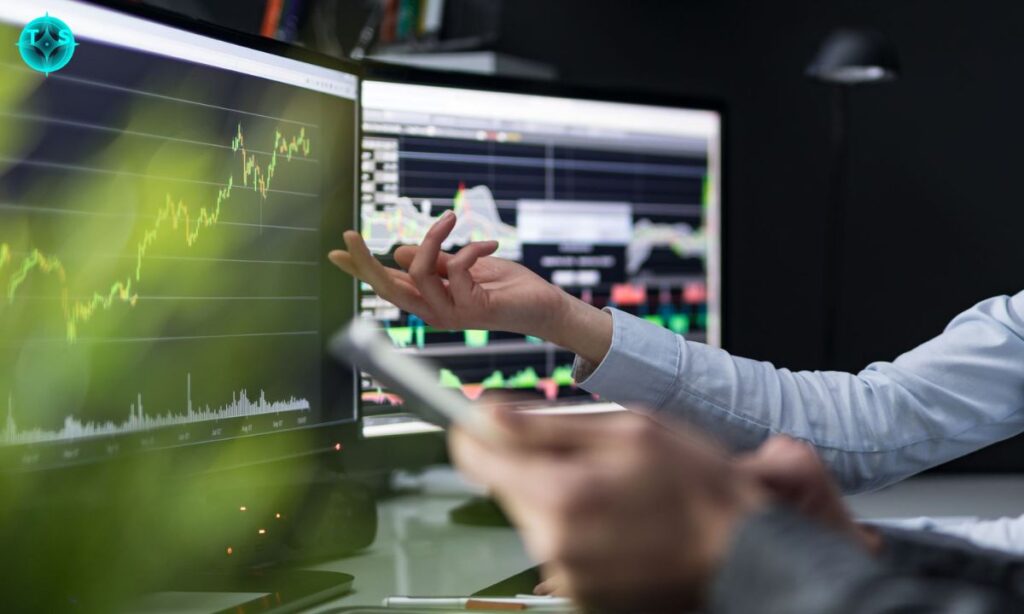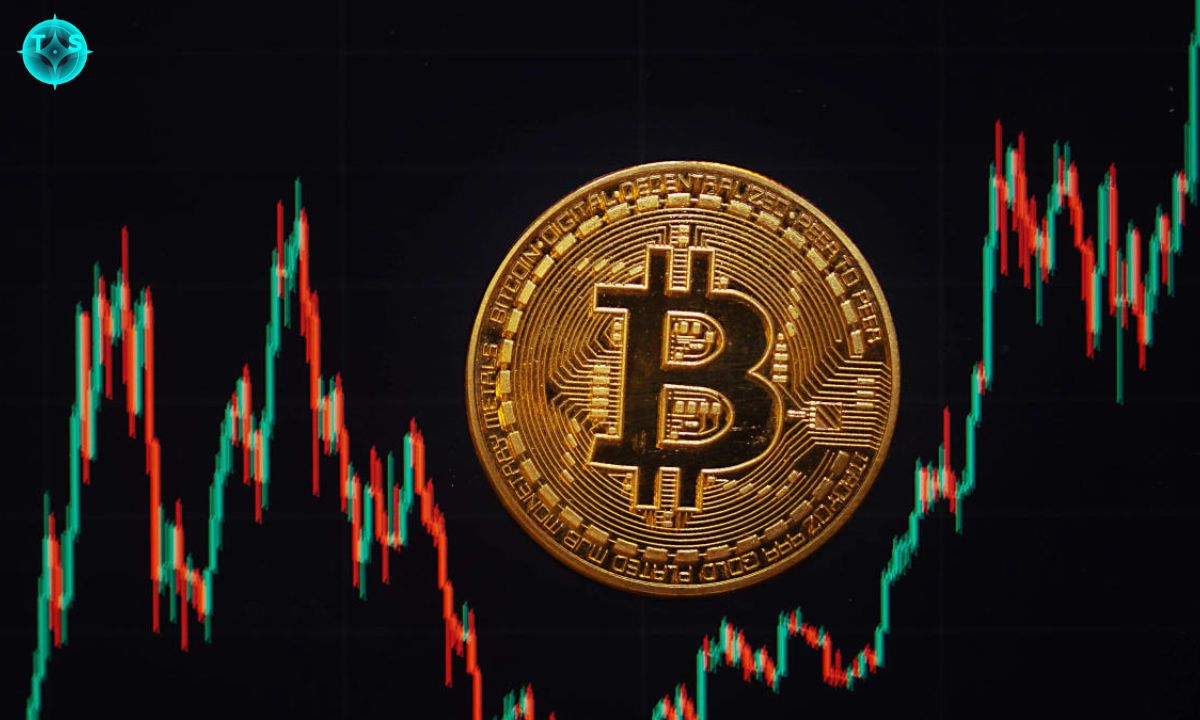The financial landscape underwent a remarkable transformation when retail investors united through social media platforms. The phenomenon of S1 60K WallStreetBetsLeeBloomberg represents a pivotal moment in trading history.
This intersection of social media influence, traditional finance, and retail trading power has reshaped market dynamics forever.
The Origins of WallStreetBets
WallStreetBets emerged from humble beginnings as a Reddit community in 2012. Founded by Jaime Rogozinski, the forum initially attracted a small group of retail investors sharing high-risk trading strategies.
The community gained momentum through its unique blend of financial analysis and meme culture. Early members developed their own trading language and cultural norms, distinguishing themselves from traditional investment forums.
The Rise of S1 60K WallStreetBetsLeeBloomberg

The S1 60K phenomenon began when influential trader Lee Bloomberg identified a potential opportunity in the market. The movement gained traction as WallStreetBets members rallied around the ambitious price target of $60,000.
Social media platforms amplified the message, drawing attention from mainstream financial media. Traditional analysts initially dismissed the target as unrealistic, but the community’s conviction remained unwavering.
The Power of Collective Action
Retail investors demonstrated unprecedented coordination through the WallStreetBets platform. Members pooled their resources and knowledge to challenge institutional investors. The collective buying power of millions of small investors proved capable of moving markets.
Their success challenged traditional assumptions about market efficiency and institutional dominance.
How Bloomberg Covers WallStreetBets
Bloomberg News initially approached WallStreetBets with skepticism and curiosity. Their coverage evolved as the community’s impact on markets became undeniable. Senior analysts began dedicating significant airtime to analyzing WallStreetBets’ movements.
The platform’s reporting style shifted from dismissive to respectful, acknowledging the new market force.
The S1 60K Narrative
The S1 60K target represented more than just a price point. It became a symbol of retail investors’ aspirations and potential. Community members developed detailed analytical frameworks supporting the target. The narrative spread beyond WallStreetBets, capturing mainstream media attention.
Lee: An Influencer’s Role
Lee emerged as a central figure in the S1 60K movement. Their technical analysis and market insights gained widespread following. Social media amplified Lee’s predictions and trading strategies. Their influence extended beyond WallStreetBets to the broader financial community.
Understanding the Risk Appetite
WallStreetBets members displayed unprecedented tolerance for market volatility. The community celebrated both massive gains and significant losses. Risk management took on new meaning within this culture of extreme trading. Traditional financial advisors struggled to comprehend this approach to investment risk.
Market Dynamics and Institutional Pushback

Wall Street initially underestimated the power of coordinated retail trading. Hedge funds faced significant losses as retail investors targeted heavily shorted stocks. Institutional investors adapted their strategies to account for retail influence. The balance of power in financial markets began shifting noticeably.
Bloomberg’s Perspective on Retail Traders
Bloomberg’s coverage reflected the evolving attitude toward retail investors. Their analysts began treating WallStreetBets as a serious market force. Data teams developed new metrics to track retail trading impact. The network adjusted its programming to address retail investor interests.
The Impact of Memes on Investing
Memes became powerful tools for spreading investment ideas. Complex financial concepts found expression through simple, shareable images. The psychology of meme-driven investing created new market patterns. Traditional analysts learned to monitor meme trends for market signals.
Regulatory Concerns
Securities regulators struggled to adapt to the new trading environment. Questions arose about market manipulation through social media. Lawmakers debated the need for new regulations targeting retail coordination. The definition of market manipulation required reassessment.
The Psychology of Speculative Trading
Mass psychology played a crucial role in the S1 60K movement. Social media amplified both optimism and fear among traders.
Group dynamics influenced individual trading decisions significantly. Traditional market psychology models required updates to account for social media effects.
The Role of Technology in Retail Trading
Mobile trading apps democratized market access for millions. Commission-free trading removed traditional barriers to entry. Advanced trading tools became available to retail investors. Technology enabled unprecedented coordination among retail traders.
Community vs. Individualism
WallStreetBets balanced collective action with individual decision-making. Members shared analysis while maintaining personal responsibility for trades. The community provided support during market volatility. Individual success stories inspired collective action.
READ THIS BLOG: Healing Succulent Plants NYT: Nature’s Therapeutic Wonders
Bloomberg’s Analytical Lens
Bloomberg developed new frameworks for analyzing retail trading impact. Their data teams created retail sentiment indicators. Traditional market analysis incorporated social media metrics. Coverage expanded to include psychological and social factors.
The Role of Lee in Financial Narratives
Lee’s influence extended beyond price predictions and analysis. Their trading philosophy resonated with a new generation of investors. Traditional media sought Lee’s perspective on market movements. The financial industry reassessed the role of individual influencers.
What S1 60K Reveals About Retail Traders
The movement demonstrated retail investors’ growing sophistication. Coordinated action revealed new possibilities in market dynamics. Traditional assumptions about retail trading required revision. The financial industry acknowledged retail investors’ market power.
READ THIS BLOG: India National Cricket Team vs New Zealand National Cricket Team Match Scorecard
Social Media’s Role in Trading Trends
Trading ideas spread at unprecedented speed through social networks. Platform algorithms amplified popular trading narratives. Social validation influenced trading decisions significantly. Traditional market information channels faced competition.
Market Volatility and Its Implications
New trading patterns emerged from retail investor coordination. Market volatility increased during periods of retail focus. Traditional volatility models required adjustment. Risk management strategies evolved to address new patterns.
Critics and Supporters
Traditional investors warned about market manipulation risks. Supporters celebrated the democratization of finance. Academic debates emerged about market efficiency implications. The financial industry divided over retail trading’s impact.
Future Trends in Retail Trading
Social media’s influence on markets continues growing. Technology enables increasingly sophisticated retail strategies. Institutional investors adapt to the new market environment. Regulatory frameworks evolve to address changing dynamics.
Lessons for New Investors
Experience highlighted the importance of risk management. Success required balancing enthusiasm with caution. Community support proved valuable during market stress. Education remained crucial for sustainable trading success.
Frequently Asked Questions
What exactly is the S1 60K movement?
The S1 60K movement represents a coordinated effort by WallStreetBets members to drive a specific asset to the $60,000 price target through collective action and social media influence.
Who is Lee Bloomberg and what role did they play?
Lee Bloomberg emerged as a key influencer who provided technical analysis and market insights that helped catalyze the S1 60K movement through their social media presence.
How did WallStreetBets coordinate their actions?
Members used Reddit forums and other social media platforms to share analysis, coordinate trading strategies, and maintain community morale during market volatility.
What role did Bloomberg News play in covering the movement?
Bloomberg News evolved from skepticism to serious coverage, developing new analytical frameworks and dedicating significant resources to understanding retail trading impact.
How did traditional financial institutions respond?
Traditional institutions initially dismissed the movement but gradually adapted their strategies and analysis to account for the growing influence of coordinated retail trading.
Conclusion
The S1 60K WallStreetBetsLeeBloomberg phenomenon marks a historic shift in financial markets. Retail investors demonstrated their ability to influence market dynamics through coordinated action.Social media and technology democratized market access and information flow.
The financial industry continues adapting to this new reality where retail investors wield significant influence. Traditional institutions, regulators, and market participants must embrace these changes while maintaining market stability and integrity. The legacy of this movement extends beyond specific price targets to fundamental changes in how markets function in the social media era.





